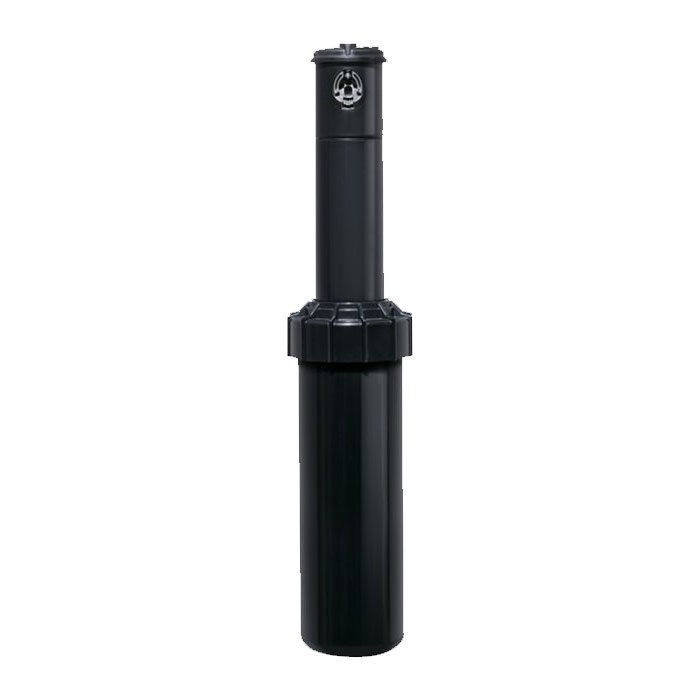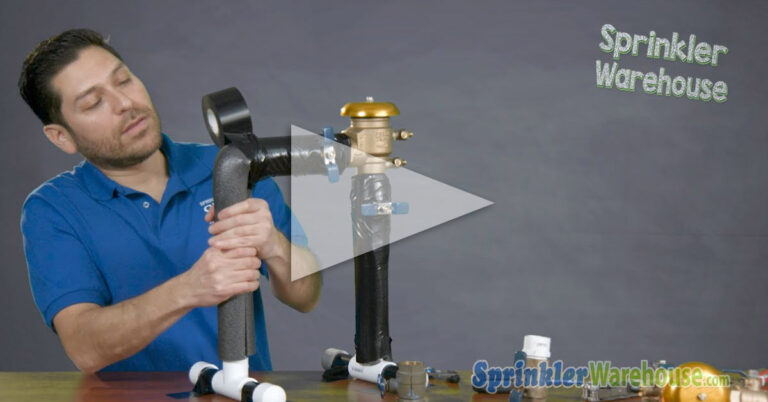A Safe Sprinkler System In Cold Weather
This article explains how to winterize your system. Winterization is an important part of maintaining a properly running lawn sprinkler system. Following these steps can help you protect your backflow preventer device from freeze damage. Where you live plays a big part in which steps you will need to follow. If you live in a region that is temperate/moderate – i.e., it either never freezes or only freezes for an hour or two at a time when it does – there are far fewer steps involved when it is time to winterize your irrigation system.
Basic Steps To Winterizing Your Irrigation System:
Following these basic steps, you will need to determine if you live in a Moderate / Temperate Climate or a Cold Climate. Once you determine this, you can delve into the specifics.
1. Turn Off The Water
When the time to winterize your system rolls around, you will need to first shut off your water at the main valve.
2. Shut Down The Controller
Depending upon which type of controller you have you will either need to set the controller to rain mode or disconnected the power completely. There are two types of controllers Solid State Controllers and Mechanical Controllers.
- Solid State Controllers usually have digital displays and use very little electricity. You will not want to unplug this controller completely because you will have to reprogram the controller. Therefore the easiest option is to turn them to rain mode. This will allow your controller to maintain the programs and settings.
- Mechanical Controllers have a dial on them which resembles the dial found on an analog clock. Unlike Solid State Controllers these controllers use up a lot of electricity. The best bet is to unplug this controller completely. Make sure if you have a pump to disconnect it so that if the controller kicks on by mistake it won’t damage your pump.
3. Turn On Valves
Manually turn on all of your valves. This will prevent pressure from building in your pipes.
4. Drain Water
You may want to create a checklist so that you don’t forget anything. For this step you will need to drain water out of any irrigation part that might freeze when subjected to freezing conditions. Make sure and check rotors, risers, spray heads, backflow devices, and valves.
For More About How To Winterize Your System:
How To Winterize In Moderate Climates



























